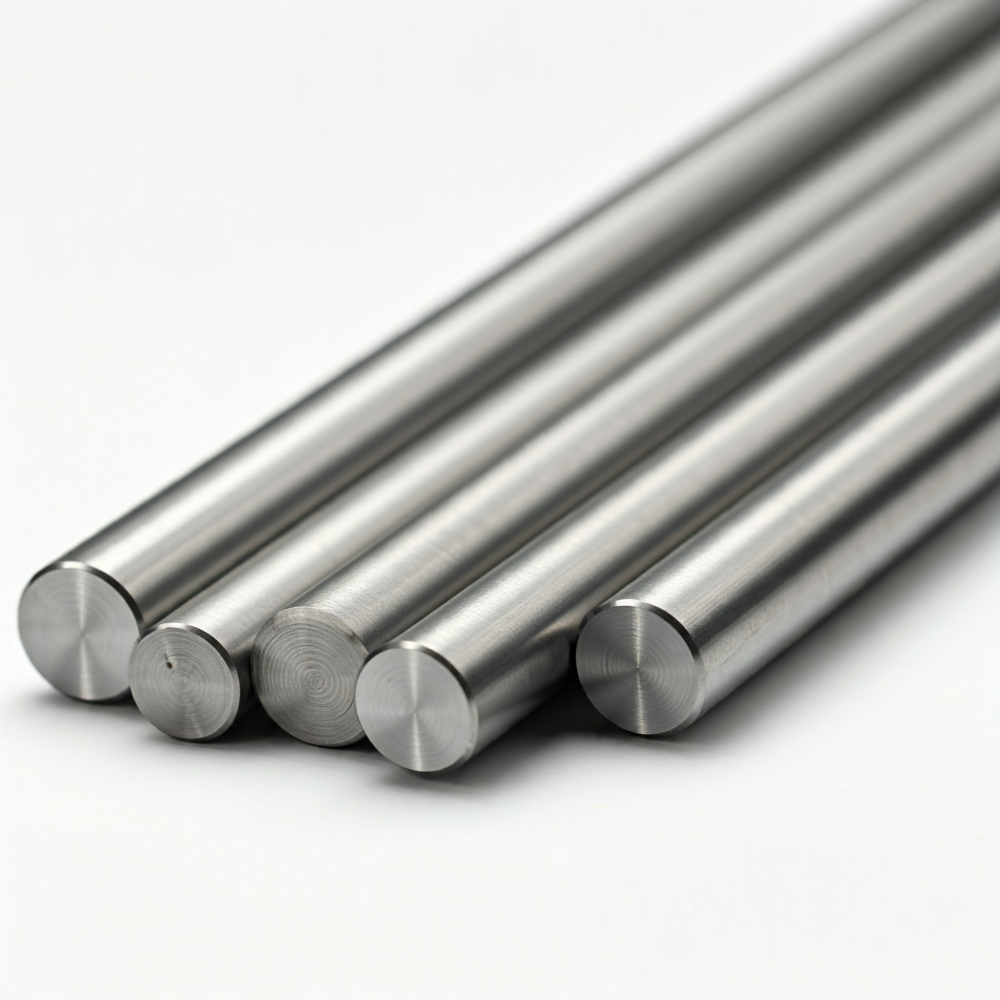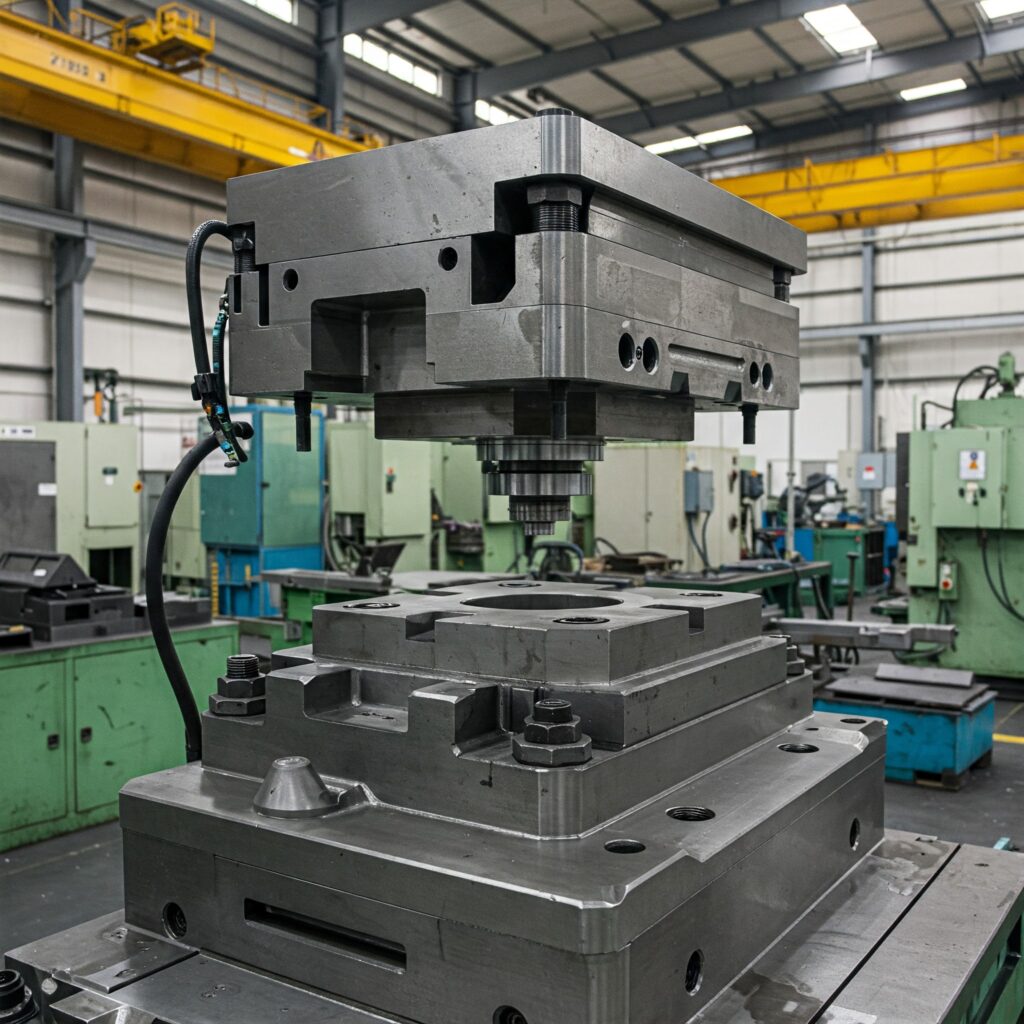Understanding the Punching Process
This material mainly manufactures punches and dies for blanking and punching metal or non-metal plates. The sheet deforms between the punch and the die at the initial punching stage. As deformation increases, the sheet’s lower surface cracks due to the resulting high tensile stress.
Die and punch wear gradually around the blade’s sharp corners during use. This reduces tensile stress on the sheet’s underside, increases compression in the thickness direction, and raises punching force. Work hardening and deformation delay cracking. After cutting, burrs form around the fracture. As die wear increases, burr height grows. Once it exceeds the specified limit, the die must be replaced or repaired.
Key Factors in Selecting Die and Punch Materials
The choice of steel for blanking and punching dies depends on workpiece material, thickness, batch size, accuracy, and shape complexity.. Aobo Steel, a trusted tool steel supplier, provides high-performance alloys like D2, D3, and A2 tool steels. Manufacturers widely use these steels in demanding die applications for their exceptional wear resistance and durability.
Punching low-hardness materials like cardboard, plastic, and aluminum depends on batch size. Small batches use O1 or O2. Large batches need CrWMn, 9CrWMn, or 7CrSiMnMoV (H11 equivalent) at HRC 62–64.
When production reaches 1 million pieces, high-alloy steels like D2, D3, Cr12MoV, or Cr5Mo1V are ideal, achieving HRC 61–63. For batches over 1 million pieces, manufacturers should use premium materials. H13, high-speed steel, or cemented carbide ensures durability under extreme conditions.
Advanced Tool Steels for High-Strength Materials
Advanced tool steels are crucial for carbon, silicon, and stainless steel plates. These materials have high stamping strength and deformation resistance. Aobo Steel recommends H11 and H13 for these applications. Their high chromium and molybdenum content improves thermal stability and fatigue resistance. A2 tool steel is also an excellent choice. Moreover, it offers a balanced combination of hardness and machinability, especially for medium-to-high-thickness materials.
D2 and H13 have excellent hardenability. They ensure uniform hardness and structural integrity in large molds. For thick materials, Aobo Steel’s D3 or H11 improves compression strength. They also enhance crack resistance and perform well under high stress.
Regular maintenance and proper material selection are key to extending mold life and reducing downtime. O1 tool steel is ideal for small batches; in contrast, H13 offers greater durability and efficiency for mass production.


